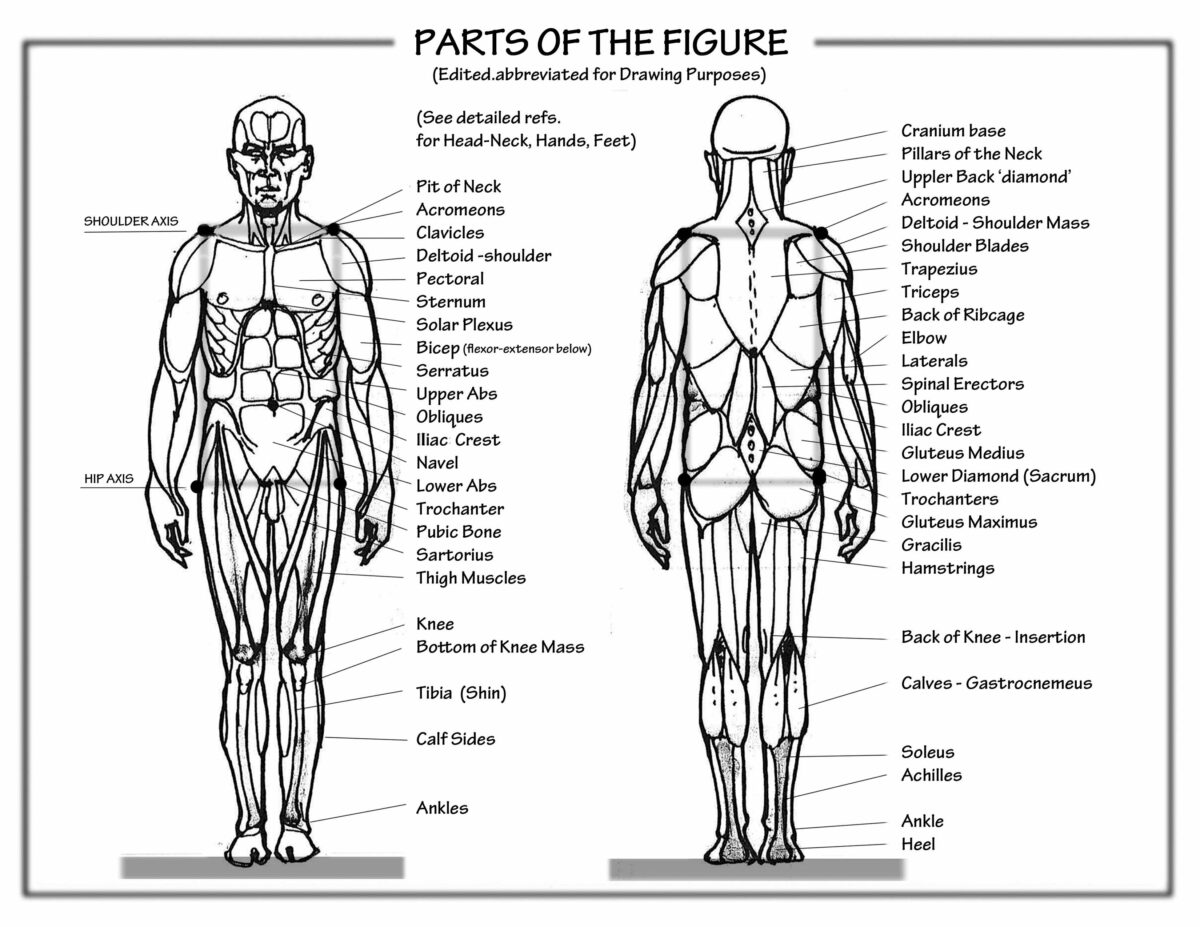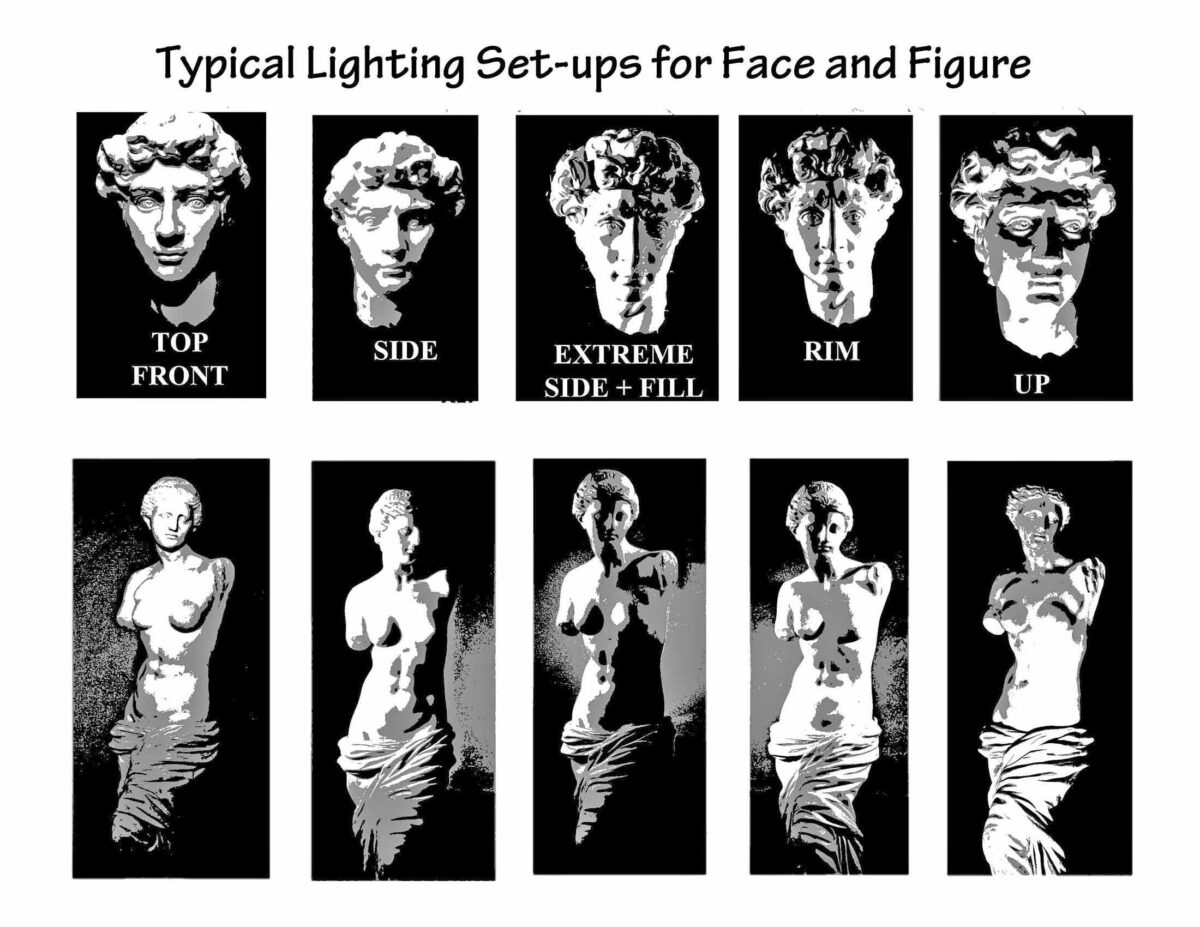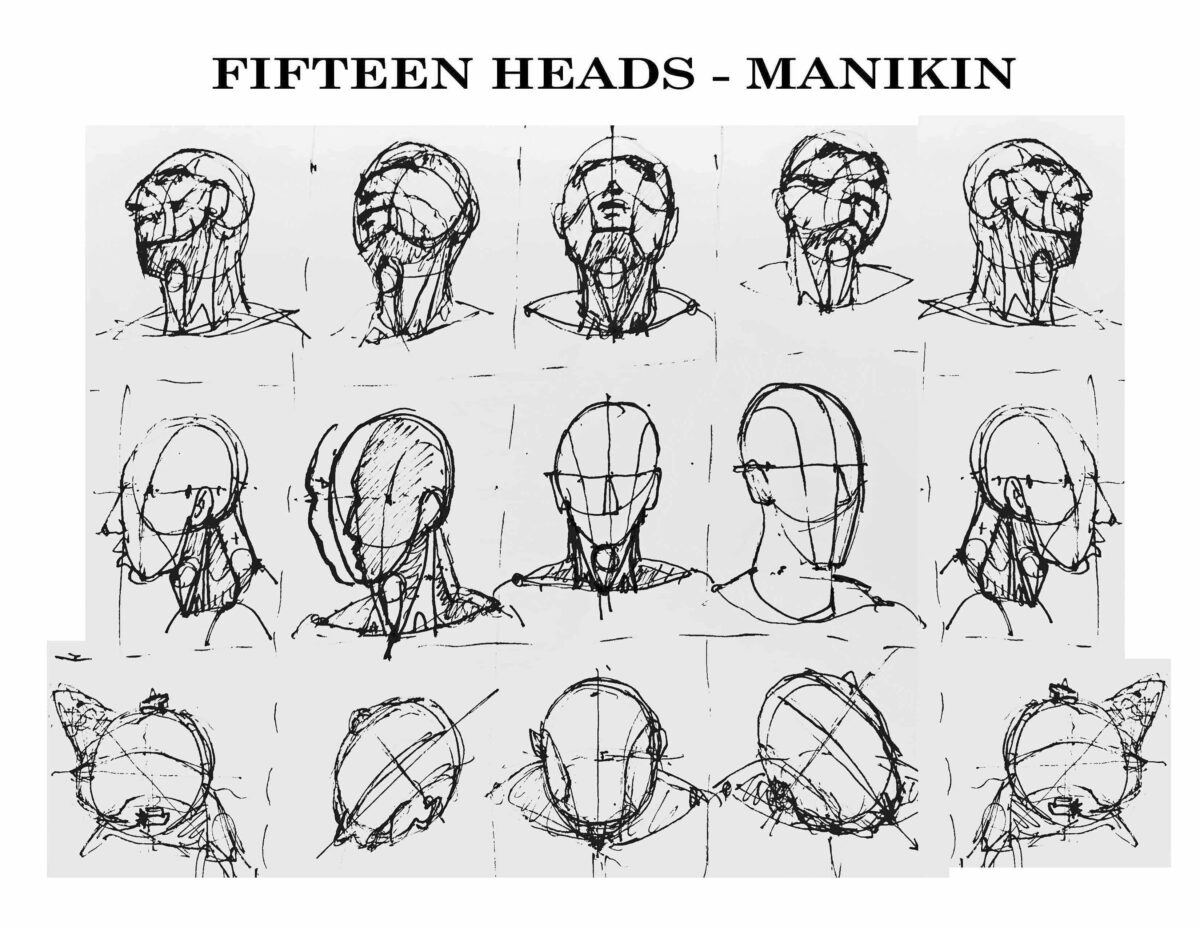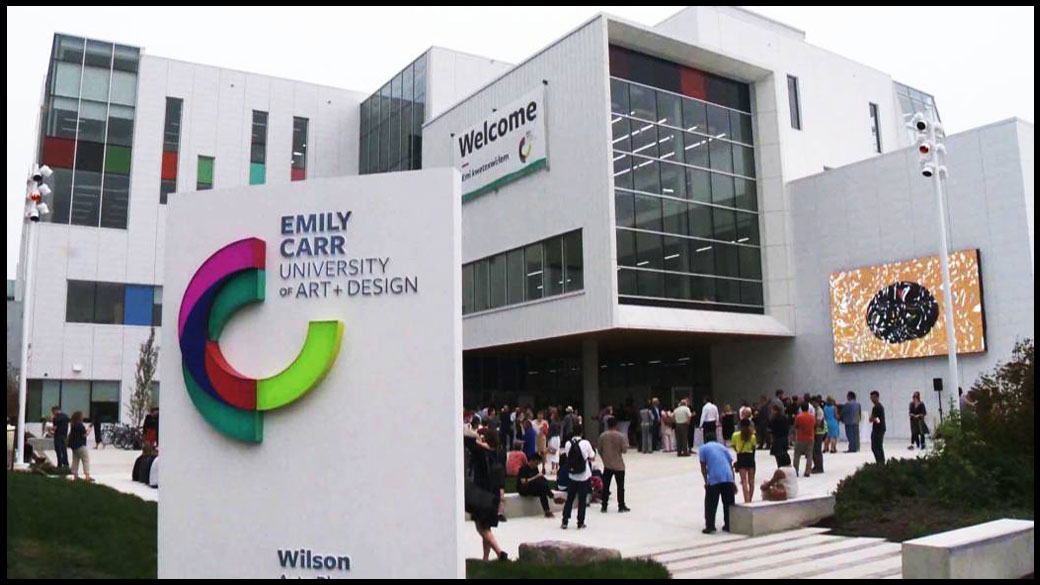Tag: Emily Carr University of Art and Design
Introduction to Figure: Videos 1 – 12
Constructing the face and figure may seem challenging, but it is enormously interesting and engrossing. I am easily bored, but after many years, figure drawing (and perspective) are best things I ever undertook. You will learn so much more along the way!
Video 1 of 12 – INTRO TO FIGURE: Using Charcoal Types
(July 7, 2024)
Video 2 of 12 – INTRO TO FIGURE: Manikins and Gesture Types (July 7, 2024)
Video 3 of 12 – INTRO TO FIGURE: Gesture to Contour (July 7, 2024)
Video 4 of 12 – INTRO TO FIGURE: Using Trace Paper to Compose (July 7, 2024)
Video 5 of 12 – INTRO TO FIGURE: Foreshortening (July 7, 2024)
Video 6 of 12 – INTRO TO FIGURE: Torso Sculpt Bends Twists (July 7, 2024)
Video 7 of 12- INTRO TO FIGURE: Torso Sculpt Bends Twists (July 7, 2024)
Video 8 of 12 – INTRO TO FIGURE: Head Face Proportions (July 7, 2024)
Video 9 of 12 – INTRO TO FIGURE: Head Face Proportions (July 7, 2024)
Video 10 of 12 – INTRO TO FIGURE: Manikins (July 7, 2024)
Video 11 of 12 – INTRO TO FIGURE: Using Manikins (July 7, 2024)
Video 12 of 12 – INTRO TO FIGURE: Poses From Manikins (July 7, 2024)
Architecture of the Head: Videos 1-5
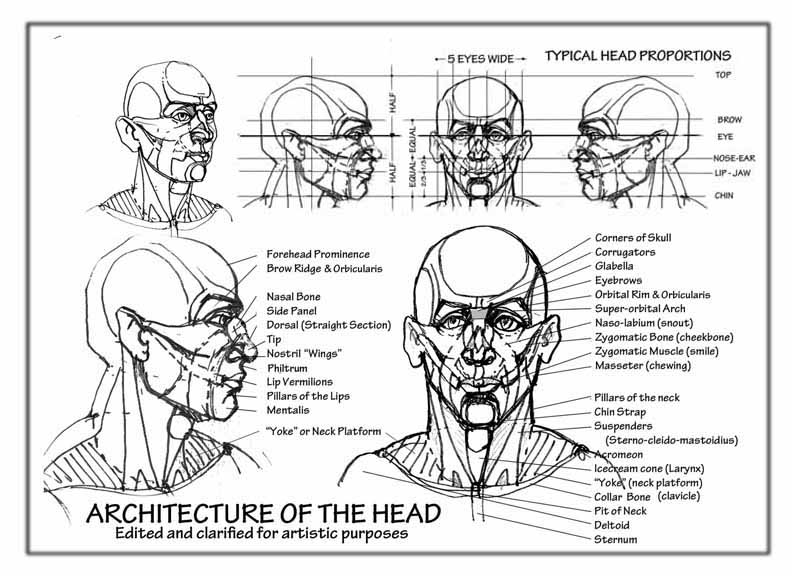
Video 1 of 5 – ARCHITECTURE OF THE HEAD (March 5, 2024)
Video 2 of 5 – ARCHITECTURE OF THE HEAD (March 5, 2024)
Video 3 of 5 – ARCHITECTURE OF THE HEAD (March 5, 2024)
Video 4 of 5 – ARCHITECTURE OF THE HEAD (March 5, 2024)
Video 5 of 5 – ARCHITECTURE OF THE HEAD (March 5, 2024)
Ink Wash Studies: Videos 1-5
Video 1 of 5 – INK LINE & WASH EXERCISE
(July 14, 2024)
Video 2 of 5 – INK LINE & WASH EXERCISE
(July 14, 2024)
Video 3 of 5 – INK LINE & WASH EXERCISE
(July 14, 2024)
Video 4 of 5 – INK LINE & WASH EXERCISE
(July 14, 2024)
Video 5 of 5 – INK LINE & WASH EXERCISE
(July 14, 2024)
Manikin Head Form: Videos 1-2
Video 1 of 2 – MANIKIN HEAD FORM
(July 5, 2023)
Video 2 of 2 – MANIKIN HEAD FORM
(July 5, 2023)
New 2023 Workshops at Emily Carr University of Art & Design
PERSPECTIVE DRAWING
Course # CEDR 102 S001
Jan 29 – Mar 26, 2023 (no class Feb 19)
ONLINE – Sunday mornings 9:30am – 12:30pm – (8 sessions)
Expand your drawing, illustration, or painting practice through the creative power of perspective drawing techniques. Students will how technical precision meets visual concept in this introductory perspective drawing course. Learn how to render accurate perspectival objects and scenes as well as manipulate space and form to create experimental compositions. Learn to use 1, 2, 3 point and fisheye perspective. Also learn to sketch and employ scale figures in context. We will draw buildings, boats, vehicles, landscape and figures.
Go to Continuing Studies website for further information:
https://www.connect.ecuad.ca/programs/courses/CEDR/102/S001
CREATIVE DRAWING AND ARCHITECTURE
Course# CEDR 163 – S001
Jan 29 – Mar 26, 2023 (no class Feb 19)
ONLINE – Sunday afternoons 1:30 pm – 4:30pm – (8 sessions)
This structured, high-energy course develops your basic to intermediate drawing and sketching skills, specifically related to space and spatial concerns. Exercises and projects focus on applying principles of perspective drawing, sketching concepts, and other compositional strategies. A variety of creative freehand techniques will allow you to develop your approach to architectural drawing.
Go to Continuing Studies website for further information:
https://www.connect.ecuad.ca/programs/courses/CEDR/163/S001
DRAWING THE PORTRAIT
Course # CEDR 206 S001
Feb 6 – April 3, 2023 (no class Feb 20)
ON CAMPUS – Mondays 6:45 – 9:45pm – (8 sessions)
This course provides an in-depth study of the human head and face for portraiture. Using a variety of media, including charcoal, ink, and graphite, you will explore proportion, resemblance, texture, shape and expression. Basic structural analysis will be covered. Course work includes drawing from reference images, and directly from a model.
Go to Continuing Studies website for further information:
Perspective Drawing
Emily Carr University Continuing Studies
Online CEDR 102 F001
Oct. 13 to Dec. 1, 2020
TUESDAYS 6:30pm to 9:30pm
8 Sessions @ 3 hours
Perspective Drawing
This course is essential for artists, designers, illustrators and animators of all fields who wish to create convincing images of form, depth and space. Regardless of the art form you work in, you will improve the impact of your work with an understanding of this important and powerful drawing technique.
You will be guided through step-by-step exercises, moving from rough layout sketches to more carefully proportioned images of world architecture, objects and the human form.
Register By Phone (Covid absences) Contact the Continuing Studies Registration Desk at: 604-844-3810
For further inquires or assistance with online registration email: csreghelp@ecuad.ca
Tony O’Regan
toregan@ecuad.ca
Creative Drawing and Architecture
Emily Carr University Continuing Studies
Online CEDR 163 F001
Oct. 22 to Dec. 10, 2020
THURSDAYS 6:30pm to 9:30pm
8 Sessions @ 3 hours
Creative Drawing and Architecture
This structured, high-energy course develops your basic to intermediate drawing and sketching skills. Exercises and projects lead to understanding and applying perspective drawing, sketch concepts, including the “figure-ground” concept, and compositional strategies. A variety of creative freehand techniques develop your approach to architectural and figurative drawing. Class work includes some drawing of the human figure for scale and context.
Drawing Architecture is a special category within the subject of drawing. Treating architectural subjects creatively requires an awareness of architectural ideas, as well as knowledge of the various ‘ways of seeing’ and the drawing types related to them. Participants will go through Ten Ways of Seeing and Drawing (gesture, contour, mass, space, tonality, silhouette, figure-ground, light-shadow, perspective, composition) and learn to utilize them with architectural subjects.
The goal is to be able to draw ‘creatively’ by using these modes as a photographer might layer filters to make more inspired images. This course is of value to anyone interested in drawing architecture, whether as part of an art form in itself, as an aid to design or as portfolio preparation for application to design programs, such as architecture, planning or interior design programs, etc. We will study buildings and spaces, both interior and urban, ancient and contemporary.
Register By Phone (Covid absences) Contact the Continuing Studies Registration Desk at: 604-844-3810
For further inquires or assistance with online registration email: csreghelp@ecuad.ca
Tony O’Regan
toregan@ecuad.ca
